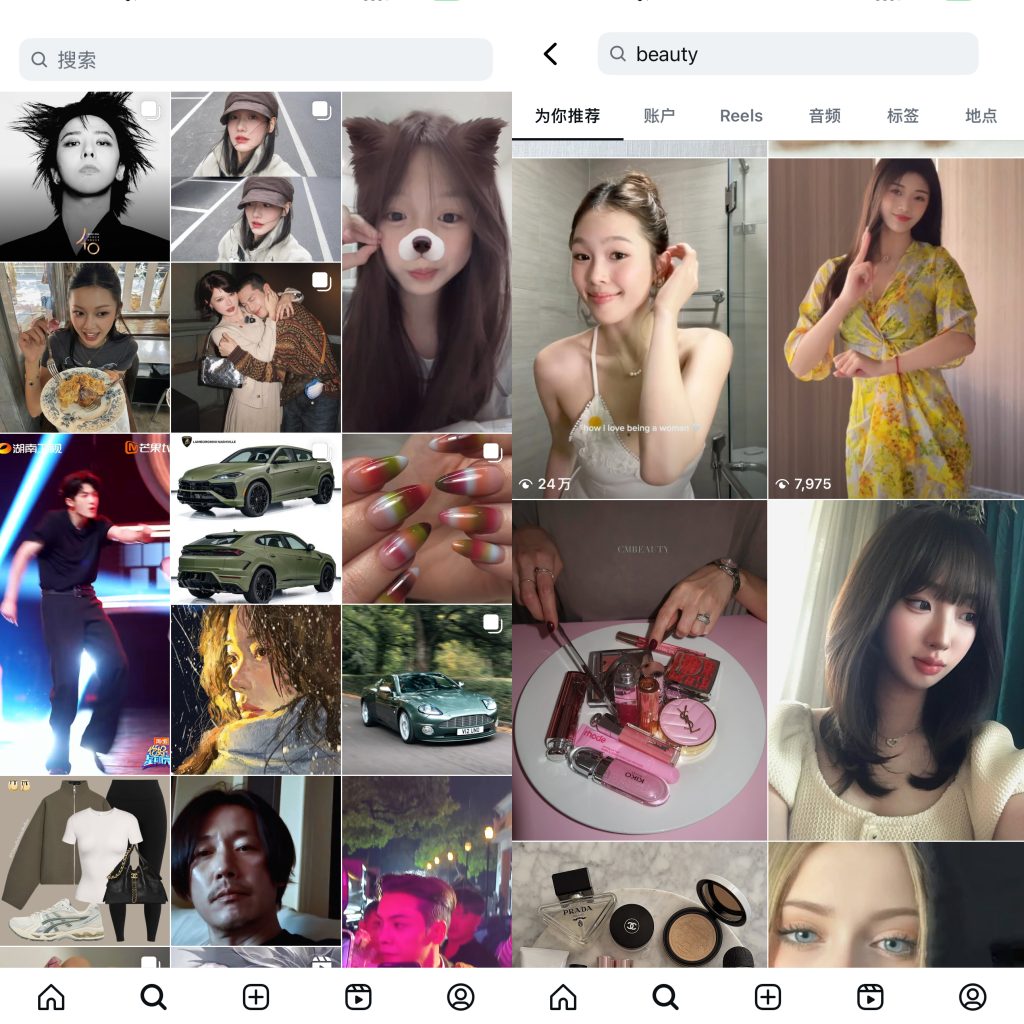In today’s digital age, identity is no longer a fixed or stable concept but rather a continuous process of being shaped, edited, and performed online. Platforms like Instagram, TikTok, and Xiaohongshu have turned self-expression into a public performance. As Goffman (1959) put it, identity is a kind of “performance”, and social media is the digital stage for this performance, where people gain attention and recognition by presenting an idealized self.

The digital environment also shapes how we construct our online identities. Instagram’s filters and algorithms encourage users to post “perfect moments”, while TikTok’s “For You” page personalizes content based on user behavior. For example, internet celebrities build their images through filters, aesthetics and algorithmic trends. Likes and views have become the standards for measuring identity, blurring the line between “reality” and “performance” even further. Ordinary users also switch identities on different platforms. This is precisely what Pariser (2011) referred to as the “filter bubble”. It means that our online identities are constantly reinforced by algorithms, which only show us content that we have already liked or agreed with.


However, digital platforms also offer opportunities for identity exploration. People can try out different gender, cultural and aesthetic expressions through secondary accounts or anonymous profiles. However, as Hearn (2008) pointed out, in the attention economy, the individual self has also become a kind of “brand” – people do not only shape their online images to express themselves, but also to gain exposure and influence.

In conclusion, the digital world both liberates and restricts our identity construction. It enables us to freely express and create, but at the same time, it traps us in the pressure of algorithms and social expectations. Understanding this tension can help us use social media more consciously – choosing authenticity over algorithmic approval.
References
- Goffman, E. (1959). The Presentation of Self in Everyday Life. Anchor Books.
- Abidin, C. (2018). Internet Celebrity: Understanding Fame Online. Emerald Publishing.
- Hearn, A. (2008). ŌĆ£Meat, Mask, Burden: Probing the contours of the branded self.ŌĆØ Journal of Consumer Culture, 8(2), 197ŌĆō217.
- Pariser, E. (2011). The Filter Bubble: What the Internet Is Hiding from You. Penguin Press.

